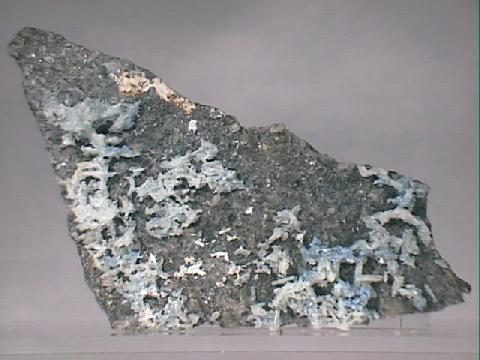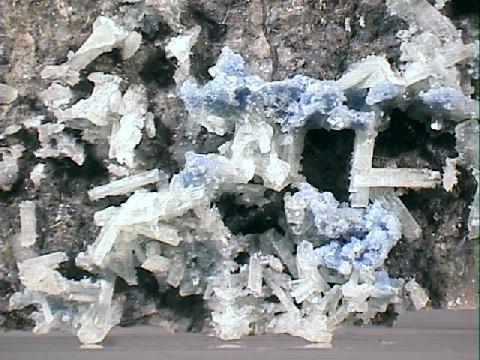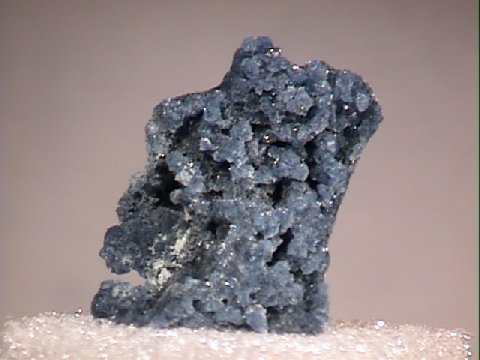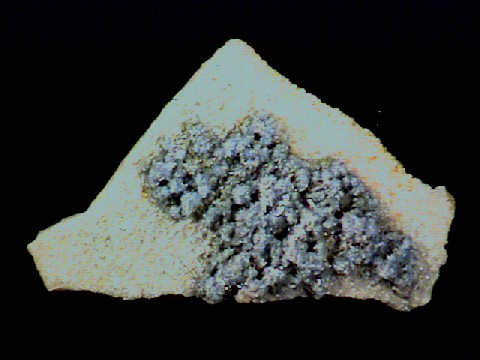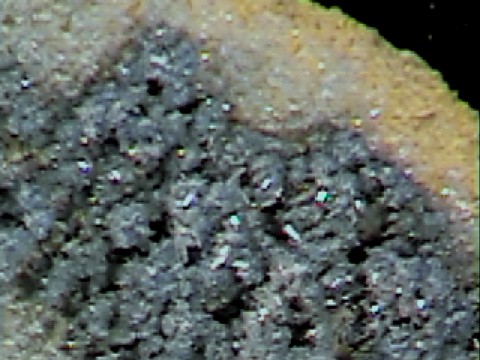 The
Mineral VAUXITE
The
Mineral VAUXITE
- Chemistry: FeAl2(PO4)2(OH)2 - 6H2O, Hydrated Iron Aluminum Phosphate Hydroxide.
- Class: Phosphates
- Uses: Only as mineral specimens.
Specimens
Vauxite is an unusual blue-colored iron mineral. As a coloring agent in minerals, iron can produce any color in the rainbow but commonly produces reds, yellows and browns. Especially common is the red to yellow color of rust, limonite, powdered hematite and other iron oxides. This misleads many people to believe that iron can only produce these colors. But in vauxite's blue, amethyst's purple, ludlamite's apple green and other examples; this myth about iron's coloring abilities can be dispelled.
Vauxite is closely related to the often associated mineral paravauxite. Paravauxite appears to be different from vauxite only in the number of water molecules in the structure. But the presence of these water molecules alters the structure to the point that paravauxite has perfect cleavage while in sharp contrast, vauxite has no cleavage. The only other significant differences include paravauxite's green to colorless color verses vauxite's blue color.
Vauxite, paravauxite and
PHYSICAL CHARACTERISTICS:
- Color is pale to dark blue.
- Luster is vitreous.
- Transparency: Specimens are translucent to transparent.
- Crystal System is triclinic.
- Crystal Habits include tabular crystals and radiating fibrous clusters.
- Cleavage is absent.
- Fracture is conchoidal.
- Hardness is 3.5
- Specific Gravity is approximately 2.4 (average).
- Streak is white.
- Associated Minerals include
cassiterite,
metavauxite , paravauxite, wavellite, quartz and limonite. - Notable Occurrences are limited to the famous tin deposits at Llallagua, Potosi, Bolivia and a few minor localities around the world.
- Best Field Indicators are color, locality, crystal habit, associations and lack of cleavage.

